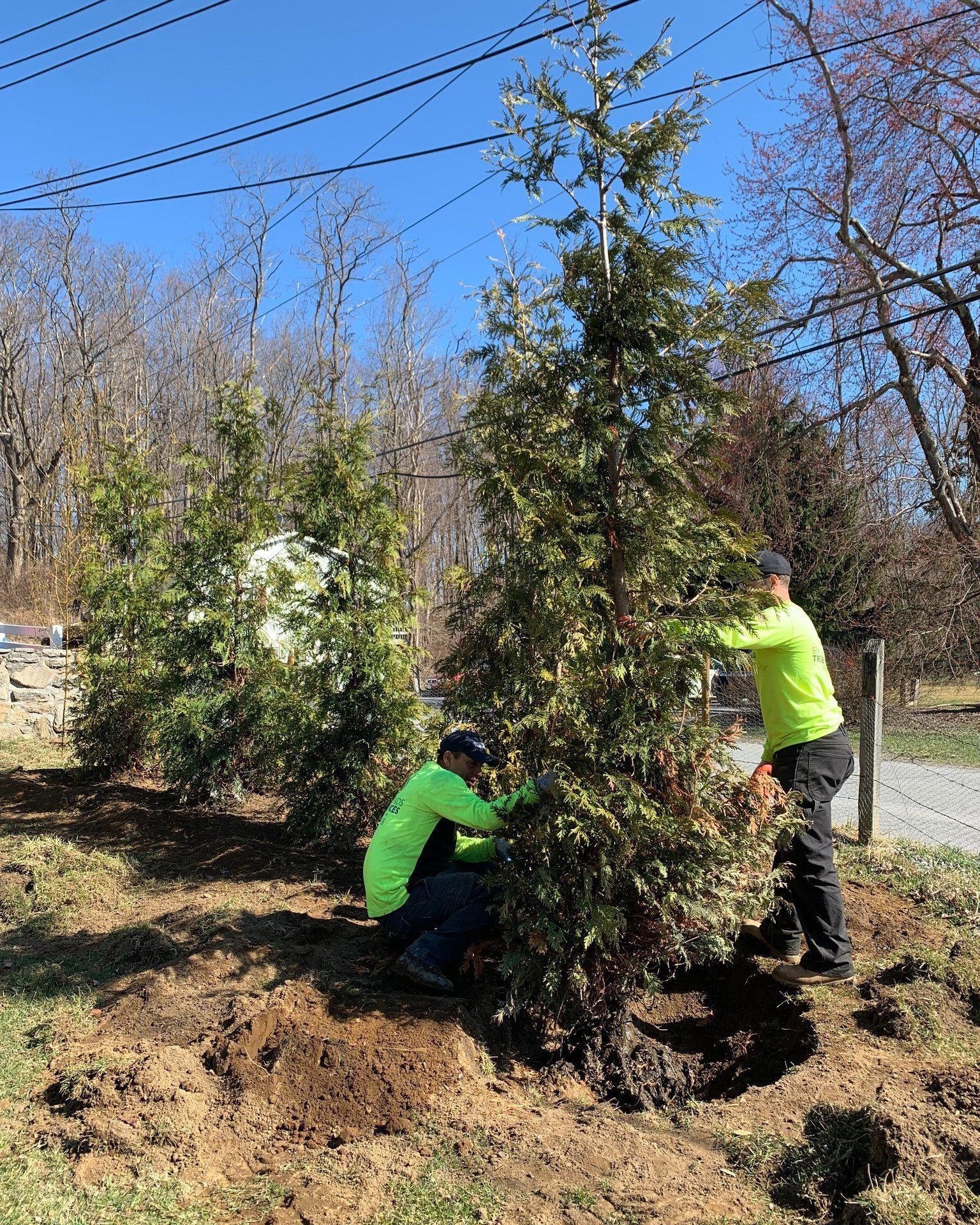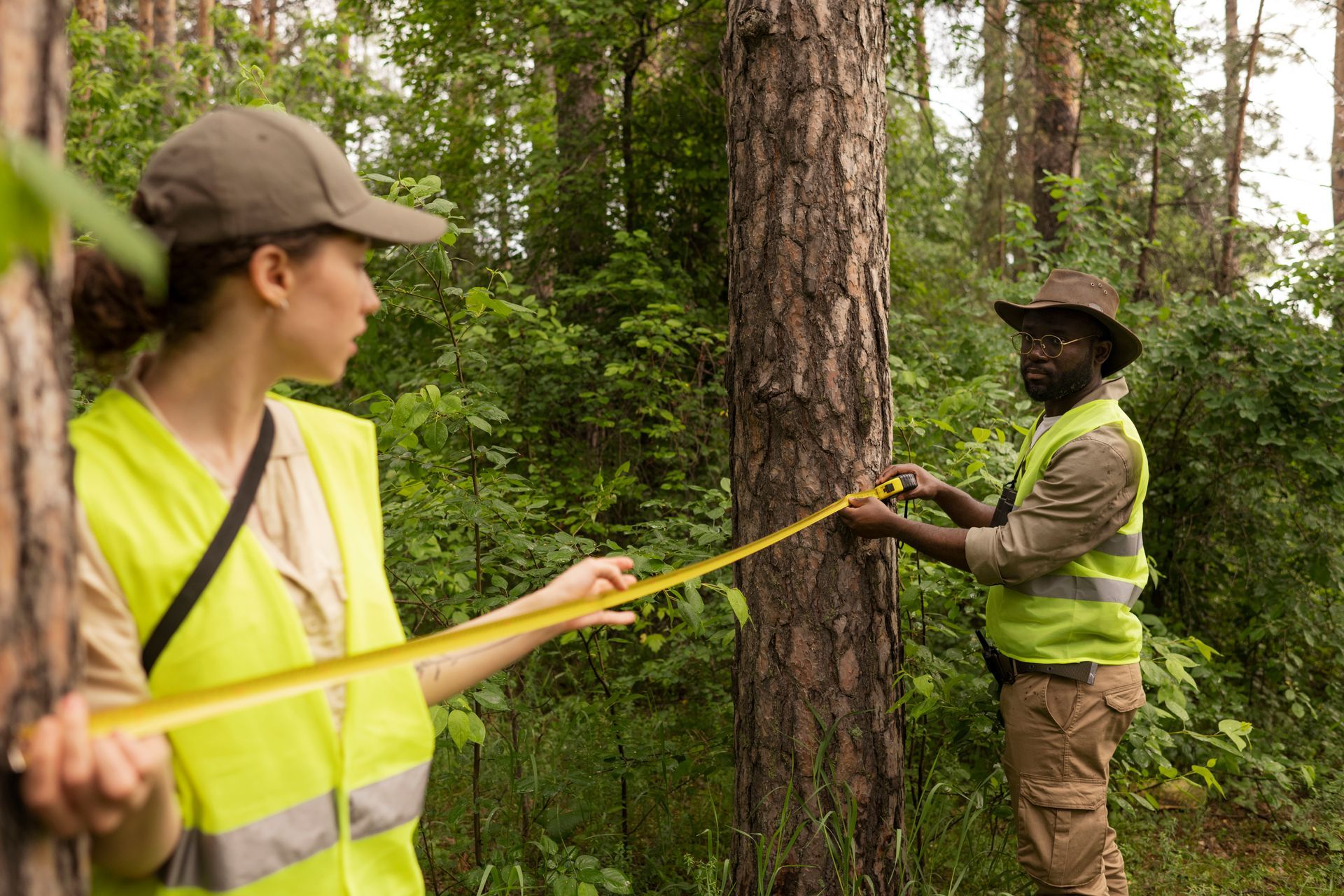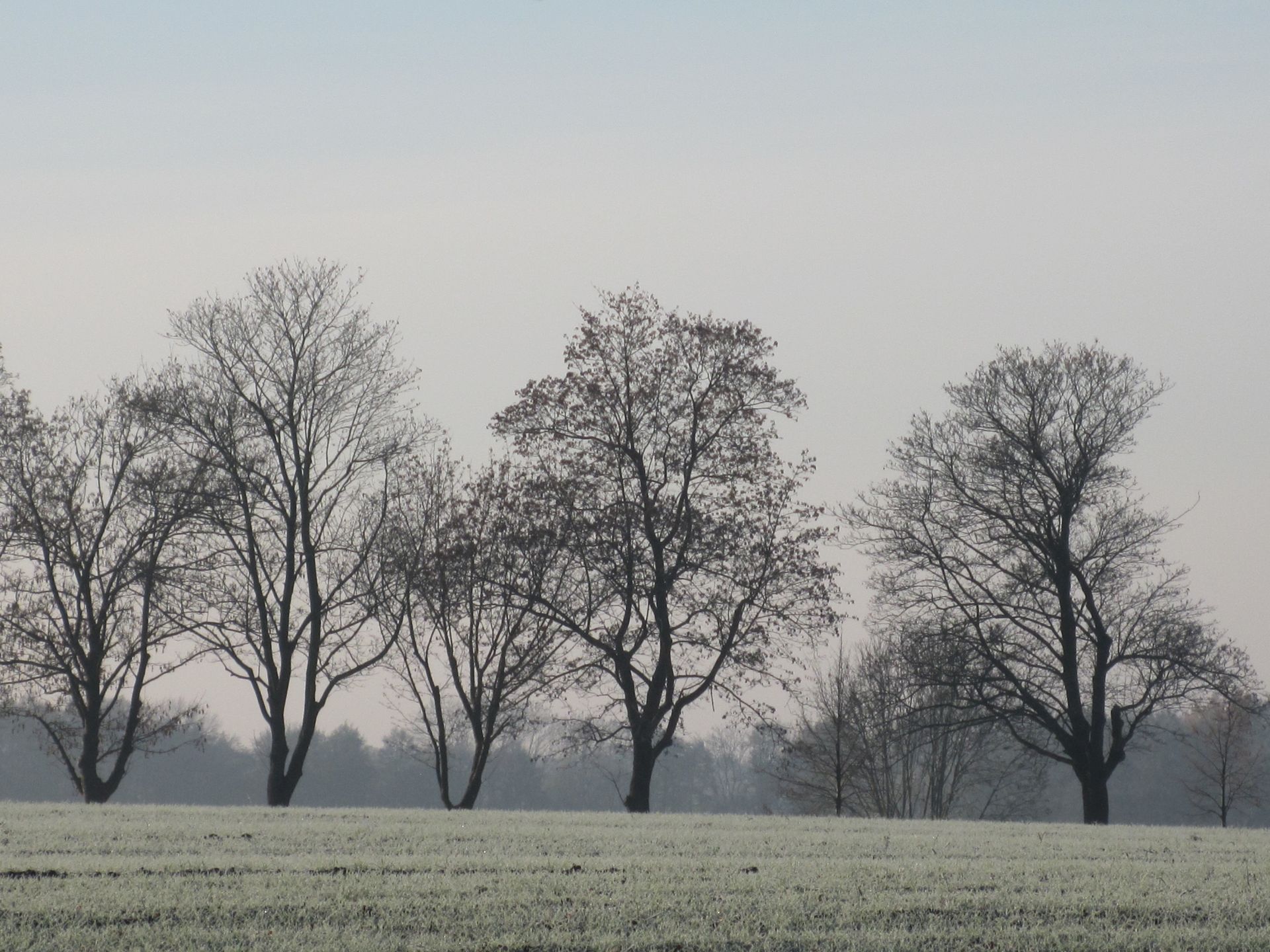Six Diamonds Tree Services, Inc
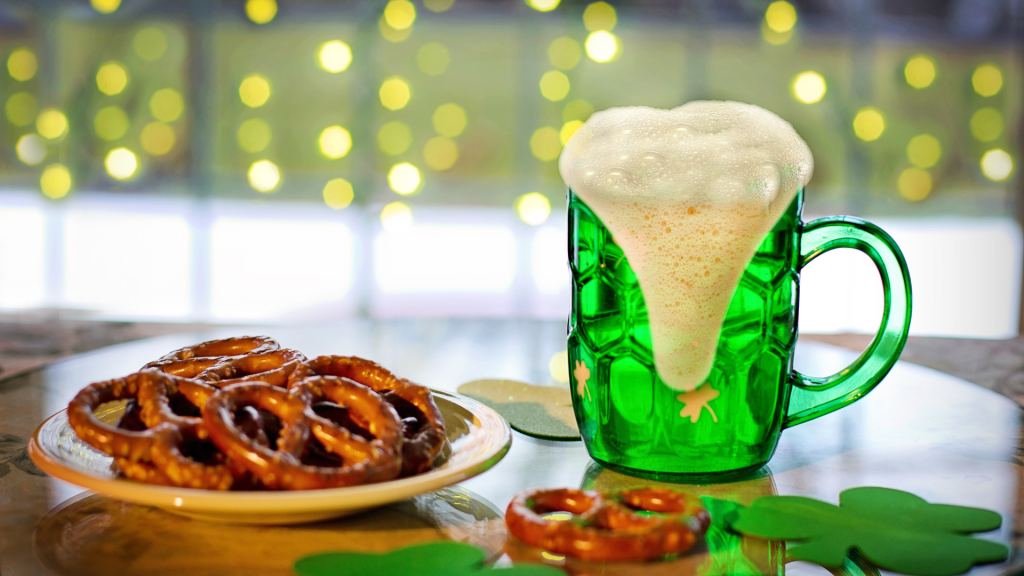
St. Patrick’s Day is one of the most popular holidays in the world, celebrated on March 17th each year. It’s a day when people wear green, eat traditional Irish food, and drink Guinness beer. But beyond the festivities, there’s a deeper meaning to St. Patrick’s Day that goes back centuries. In this blog post, we’ll explore the significance of four-leaf clovers in Irish folklore and mythology and why they’re so important on St. Patrick’s Day.
St. Patrick’s Day: History and Overview
St. Patrick’s Day is named after St. Patrick, the patron saint of Ireland. St. Patrick was a missionary who brought Christianity to Ireland in the 5th century. He is also credited with driving out the snakes from Ireland, although this is likely a myth. St. Patrick’s Day became an official feast day in the Catholic Church in the 17th century and has been celebrated ever since.
In Ireland, St. Patrick’s Day was traditionally a religious holiday and a time for family gatherings. It wasn’t until the 20th century that it became a public holiday and a celebration of Irish culture around the world. Today, St. Patrick’s Day is a day when people of all backgrounds come together to celebrate Irish heritage and enjoy the festivities.
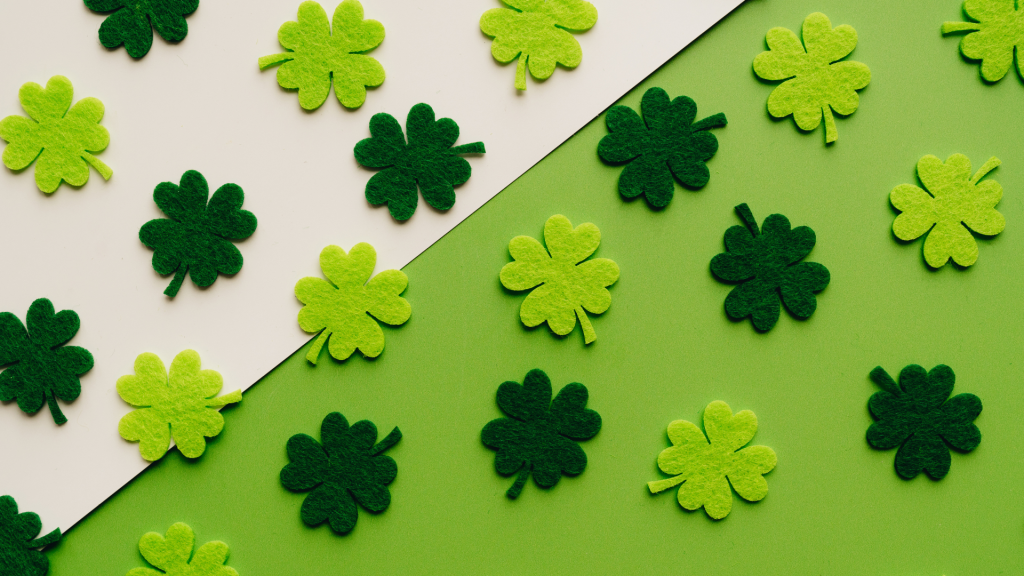
The Magic of Four-Leaf Clovers: Why They’re So Special
One of the most enduring symbols of St. Patrick’s Day is the four-leaf clover. The four-leaf clover is a rare variation of the common three-leaf clover, which is the traditional symbol of Ireland. The four-leaf clover is said to bring good luck to anyone who finds it, and it has been a symbol of luck and fortune for centuries.
The rarity of four-leaf clovers is what makes them so special. It’s estimated that only one in every 10,000 clovers has four leaves. This rarity has made four-leaf clovers a prized possession for centuries, with people searching for them in fields and gardens.
The Legend of St. Patrick and the Three-Leaf Clover
According to legend, St. Patrick used the three-leaf clover to explain the Holy Trinity to the people of Ireland. The Holy Trinity is the concept of God being three persons in one: the Father, the Son, and the Holy Spirit. St. Patrick used the three-leaf clover to illustrate this concept, with each leaf representing one of the persons of the Trinity.
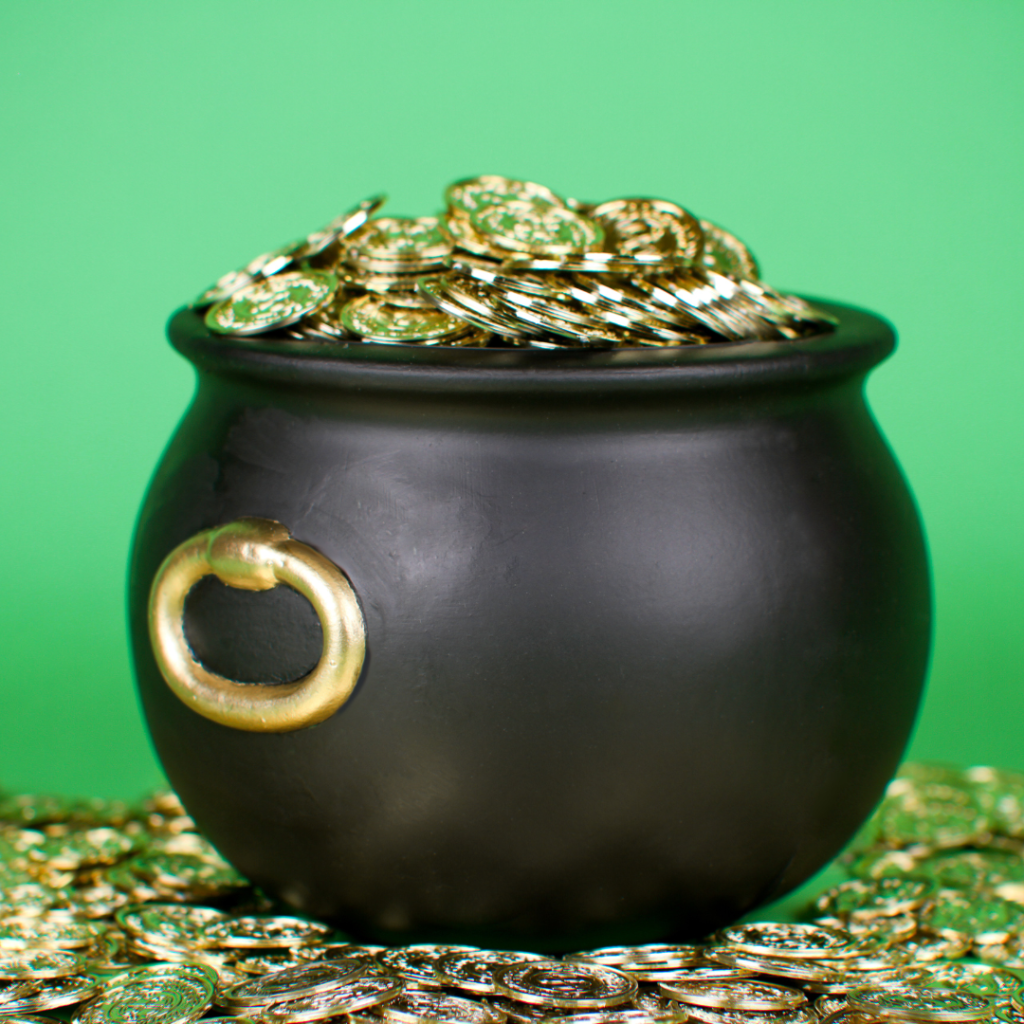
The Fourth Element: How the Four-Leaf Clover Became a Symbol of Luck
While the three-leaf clover has a religious significance, the four-leaf clover became associated with luck and good fortune. It’s unclear exactly how this happened, but it’s likely that the rarity of four-leaf clovers played a role. The idea that finding a four-leaf clover was a stroke of luck became popular in the 19th century, and it has been a popular superstition ever since.
How to Find and Identify Four-Leaf Clovers
Finding a four-leaf clover can be a fun and rewarding activity. Here are some tips for finding and identifying four-leaf clovers:
- Look in fields and gardens: Four-leaf clovers are most commonly found in fields and gardens, especially in areas with plenty of sunlight and moisture.
- Look for clusters of clovers: Four-leaf clovers often grow in clusters, so look for areas where there are multiple clovers growing together.
- Check the leaves: Four-leaf clovers have four leaves, obviously, while regular three-leaf clovers have three.
Fiddlers Green Pub: A Putnam County Staple
In Ireland, pubs are at the center of social life and are often where people gather to celebrate special occasions. St. Patrick’s Day is no exception, and many pubs in Ireland and around the world hold special events and parties on this day. Serving up classic Irish-American pub fare, Fiddler’s Green Pub has remained a local favorite. Located in Carmel, the county seat of Putnam County, NY, Fidd’s is just 60 miles North of midtown Manhattan. Overall, going to pubs on St. Patrick’s Day has become a beloved tradition for many people around the world and is a way to honor Irish culture and heritage while having fun and socializing with others.
As always, Six Diamonds Tree Service is here to assist you with all of your tree service needs. We have over 25 years of experience helping our local communities with their landscaping needs. So, contact us today & let’s get your yard looking better than ever. Free, no-obligation estimates: (845) 878-7888. Service areas include Western, CT; Dutchess County, NY; Putnam County, NY; Westchester County, NY.





